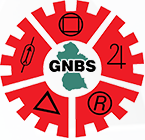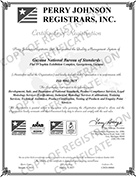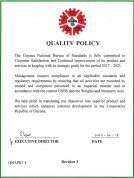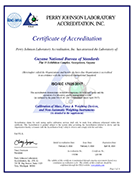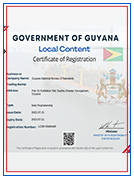Oftentimes, we find ourselves in dilemmas trying to interpret dates that are written in documents that require our attention, or even in situations where we are not sure if we are expressing them correctly. Usually, it is simply because we cannot figure out which digits represent the day, the month and the year. Similar challenges exist for many when expressing time. In 2020 and beyond let us make the effort to express both dates and times correctly.
At a hospital or a medical clinic, for example, misunderstanding the date is not something doctors, nurses and health workers can afford. This can result in expired medicine being prescribed to patients or medication being administered too late or too early, which can contribute to patient health implications.
Similarly, expressing the time incorrectly has its own implications and can create doubts, if not quickly clarified. Many times, we are told that “I will come by at eight o’ clock” or “the event starts at five o’ clock”; forgetting to enquire whether it is eight o’ clock or five o’ clock in the morning or the evening. Too often, this happens to passengers travelling by air, particularly in instances where travel agents do not offer clarity. Situations such as these can result in unwanted frustration or the wastage of crucial time.
The Guyana National Bureau of Standards (GNBS) has sought to address these situations by educating organisations and the public of the standardised and internationally recognised way of writing dates and time to eliminate confusion and allow for easy interpretation. This is according to the international standard ISO 8601, which deals with numeric representations of dates and time. This standard outlines two internationally acceptable formats for writing the date; the all numeric and the non-numeric formats as stated below:
- All numeric format (only numbers are used) – For example, today is 2020-01-19
- Non-numeric format – For example today is Sunday, January 19, 2020
The all-numeric format places the year first in four (4) digits followed by the month in two (2) digits and then the day also in two (2) digits. It must be noted that the year, month and day are separated by a dash (-) and not a slash (/).
The non-numeric format starts with the day (Sunday), followed by the month (January) and the day (19) and then the year (2020). However, it would also be acceptable if the day is not included. It must be noted that the ordinals “st, th, rd and nd” are not recommended by the ISO 8601 Standard.
For reading the time, the international twenty four hour clock system is recommended instead of am or pm. To express the time correctly say eight hours (08:00 h) instead of eight o clock and, sixteen hours thirty (16:30 h) instead of Four-thirty (4:30) NB. The day starts at 00:00 h and ends at 23:59:59 Therefore, you should avoid saying eight hundred hours and sixteen hundred hours.
The GNBS encourages media houses, teachers, and all public and private institutions to take the lead in correctly expressing the date and time. When you lead the rest of Guyana will follow.
For further information on this subject, call the Guyana National Bureau of Standards on Telephone numbers: 219-0064 or 219-0065. Also, WhatsApp us on 692-GNBS (4627).



